QuestionQUESTION: Hello. I recently purchased a curly tailed lizard from a local, reputable pet store that specializes in reptiles and fish. He resides in a 10 gallon tank with screened lid, I use a thermometer to gauge his basking temps and cooler area and I run it around 91 degrees, his cooler area running around 80. He has a large water dish which I keep filled daily and cleaned three times a week. His substrate is larger wood chips, he has a log to climb on and hide under, and a second log to climb on. He is fed a diet of large crickets that get gut-feed food three times a week (large crickets), and once every week and a half to two weeks he gets organic baby food (usually apples or mangoes). I had him under a red heat lamp on a timer (on at 6:30am and off at 11:00pm)but it blew one weekend and all I could get ahold of was a plant growth bulb. He seems far happier under this.
I have been doing some reading on this lizard and know the basics. I DO have some habitat questions because I am concerned about his behavior. He looks very healthy, defecates regularly (we noticed new spots on his log yesterday afternoon), there is no peeling skin, no weeping, when he's out he's very alert and responsive. My first question is, what type of bedding should he have in his terrarium? The store where I got him told me wood chips. I am concerned now because the type that got placed in his cage after cleaning it are larger than he normally has, and his crickets seem to be going to ground and hiding. Will he eat them while he is buried in the wood chips? I've read up on his optimal basking temps, and I am pretty sure I've got them right. They say he doesn't need misting, but should I mist him a couple of times a day? How long should his heat lamp be on? Are there any other care requirements I should know about that I haven't mentioned? His terrarium resides in my classroom at school, where room temps hover at around 70 degrees. It can get noisy and active in my room (I am a special education teacher for 6th graders)and he only seems to surface early in the morning, while lunch is going on (room is empty save for me) and after school. Is this hiding normal? He completely buries himself in the bedding and 'disappears'. How much bedding should be in his terrarium?
Ok, I think I've exhausted my list. Thanks for any help you can provide. I am getting attached to this guy, as are my students and I want to do the best by him.
Holly
ANSWER: "Reputable" is a highly subjective term for any pet store I have found. Most are not, and if you believe they are, you probably just don't know enough about them. Most Jeweled Curly Tails are wild caught from Hispaniola or Florida, and unless you have documented chain from a known breeder, I would regard it as wild caught.
I don't assume anyone knows the basics, because typically they've gotten the info from a store or some place online where 12 year olds commonly give advice. I also have a higher standard for what I feel is a grasp of "basics", so, I will go over some basics because it seems some things are in error.
I don't recommend large crickets for this lizard. That's an inappropriate prey size. A Curly Tail should be eating small-medium crickets, approx 1/4", or no more than half the width of his head. Using inappropriately large prey leads to impactions.
A 10 gallon is insufficient size terrarium. This lizard should have twice that size, MINIMUM. Not having appropriate size habitat contributes to stress and lack of proper thermal gradient, which interferes with thermo-regulation and causes further stress.
Neither a plant growth bulb nor a red night heating lamp is proper for primary lighting and heat source for this lizard. This lizard is from the Caribbean. It is used to warm temperatures, high UVB, and moderately high humidity (40-60%). You should be using either a mercury vapor UVB source such as a Mega Ray lamp, or a pair of linear (not compact) fluorescent UVB tubes, 5.0-8.0, in conjunction with daylight basking heat lamp. But, you aren't going to be able to arrange all this properly in a 10 gallon terrarium, nor will you have a proper thermal gradient either.
The classroom environment is also not ideal for most reptiles, particularly lizards. Noise, kids, noise, traffic, kids, noise, and more traffic, not to mention sub-optimal housing and temps...well that is going to lead to concrete medical issues caused by stress and immuno-suppression. Stress kills reptiles. Lizards stress more than most reptiles. Unlike snakes, lizards have ears, and they can hear all that commotion quite well. It scares them. A classroom is in my opinion, one of the worst locations for reptiles to be housed, period. Much better would be a common, quiet reptile room, where animals are visited for education, and they are not disturbed when not necessary. What you are describing in his behavior, is an animal that is stressed. If it continues, he will get ill.
For this lizard I do not recommend wood chips. I recommend terrarium moss, sphagnum, and or Eco Earth coconut fiber substrate. These substrates pose less impaction hazard than wood chips or bark, and they retain humidity better.
Mist or add water as required. You will need a humidity gauge.
A basking area in the low 90s and a cool side in the mid 80s would be appropriate. Night time heating is a must in any air conditioned environment.
Lighting cycle should be as in nature. A normal 12-14hr cycle all year, unless you plan to hibernate, which requires shortening photo-period.
Do not leave crickets inside the terrarium. Crickets will find something at night to chew on, and this means an eyelid or other exposed soft tissue of your lizard, leading to an eye trauma or infection.
Offer a wider variety of food on the diet. It should be more diverse than crickets and baby food. Use larvae, such as mealworms, in moderation. You can find more general information on sites such as anapsid.org.
Substrate depth should be sufficient for him to burrow if he wishes.
I rescued and maintained 16 of Jeweled Curly Tailed Lizards after an exotic pet store supplier was raided and 26,000+ animals seized for neglect, abuse, and illegal importation. In all, I personally rescued more than 2,000 animals in that one raid. It is these kinds of suppliers, who supply pet stores. I rehabilitated the lizards, and they were returned to the wild.
---------- FOLLOW-UP ----------
QUESTION: THANK YOU!!!! I knew something was amiss but couldn't pinpoint it and you're right, I did get most of my information off the internet. Sigh. I will adjust his habitat ASAP. School is almost out for the year so it seems I need to just remove him to my home tomorrow rather than in June as planned. I will definitely change the substrate and cricket size. I have supplemented in the past with mealworms, so I will continue to rotate those in to his feed schedule. Should he have an undertank heater or will duel heat lamps suffice? As far as humidity goes, I've seen 'waterfalls' for the tropical frogs and such that pump humidity into the environment. Would that be a recommendation, or how do I introduce humidity into his environment? What type of heat for the evening when daylight lighting is off? He is currently regenerating a tail, any special care there? I didn't notice the regeneration until I got him home from the shop and my husband looked at him. Thank you for all your help. I believe next year he will remain at my house instead of returning to the classroom. What sort of classroom pet would you recommend, considering what I teach? Which is special education, typically grades 5-8.
Thank you for all your help, I truly appreciate it. I want to do right by this little guy, and in the future will fully research before purchasing.
Holly
AnswerThe internet is a wonderful resource, but do not misinterpret. My critique is with just going to any web site, or particularly, an internet reptile forum. Take with a grain of salt. These forums are often frequented by juveniles or young adults, who give advice without fulling knowing what they are talking about. I've been keeping reptiles longer than most of those kind of people have been alive. In the case like allexperts.com, or if you were to find my rescue website, my experience is documented. The problem with forums, is that you don't know who is giving you info, and how experienced they are.
Mealworms can be used in the diet, but take note that I said in "moderation". They are not the healthiest feeder item either, but it provides some variation. Err on the side of smaller size as well. Multiple smaller items is better than a few large ones. Waxworms or Calci-worms can also be used, and are slightly better than mealworms. Many lizards often tend to get burn out and go off food if you do not offer variance in the diet. Some really like winged insects like moths too. You must be sure to only obtain them from rural pesticide free areas though.
I am not a great fan of undertank heaters, but suffices to say that any combination will work, so long as you have optimal temperatures and humidity for a given terrarium. Things may have to be adjusted. I prefer using ambient night temperature drop with no night time heating, but I have a reptile room that I do not use air condition in, and I try to maintain it year round in the upper 70s to 80s. If the place you are keeping the reptile is dropping below that at night, then you will need some night heating. It's personal preference, but I prefer low wattage red lamps if I have to use supplemental night heating.
Humidity is also done any number of ways. Just keep it optimal. A waterfall is fine of you aren't taking too much living space from him, or you can use an automated mister on a timer, or you can spray the terrarium down regularly for a cheaper but more laborious option. I think he would probably like a waterfall or mister, personally. Some lizards don't take it so well if they see a person all the time, and then they get sprayed with cold water. They might start associating seeing you with bad things happening, and some just stress over it and don't like to be hand sprayed.
The only recommendations on a regenerating tail, if the wound is closed, is to maintain proper temps, diet, and humidity, and the rest will take care of itself.
If you are using dusting supplements, do not over use them. Most people do. A reptile on a proper diet has little need for frequent supplements. Use separate calcium, mineral, and vitamin supplements. Products which combine these items are less likely to be absorbed properly, so they should be obtained in separate forms, and given separately. Do not use regularly any supplement containing vitamin D3 or cholecalciferol. A reptile makes all the D3 it needs if you are offering proper UVB sources, changed on schedule. Bypassing natural processes by using D3 supplements with regularity is the lazy and reckless way that many will advocate taking to avoid buying more expensive UVB lighting. That can quickly lead to toxicity, as D3 is fat soluble, and a regulating hormone, not just a vitamin or mineral.
Not researching first is the worst thing anyone can step into with a reptile. They are not so simple and lacking in complexity as pet stores and many under experienced hobbyists make them out to be. They just don't have the pleasure of rescuing and trying to save them numbers of them that I do.
I'm not a big fan of any animal in a classroom, per se, particularly one that is middle school. I feel stress is too much of a negative factor on them, be they bird, mammal, or reptile. A reptile or most birds for example, are going to simply be wild animals at heart, not matter what. No amount of captive breeding will ever take the "wild" out of a reptile. That is the way they are built. Even a parrot would get stressed out under such conditions and probably start biting or pulling out his own feathers because of the sensory overload. Most small mammals will tend to get stressed too (such as mice, gerbils) because they are prey animals in the wild, by nature, and so they revert to that instinct. They are not really "domesticated" as dogs and cats, and even under such conditions I can see a dog or cat getting stressed and anti-social over it.
If I had to select any recommendation other than a traditionally already well adjusted and domesticated mammal, I would say a cornsnake or milksnake. Most snakes are less likely to show outward displays of stress if not overly handled, and their maintenance is far easier. Snakes are actually the proper entry level into reptile keeping. Lizards and turtles, in general, are really for intermediate and advanced keeping in my opinion.
Mick
Wichita Falls Reptile Rescue
facebook.com/reptilerescue

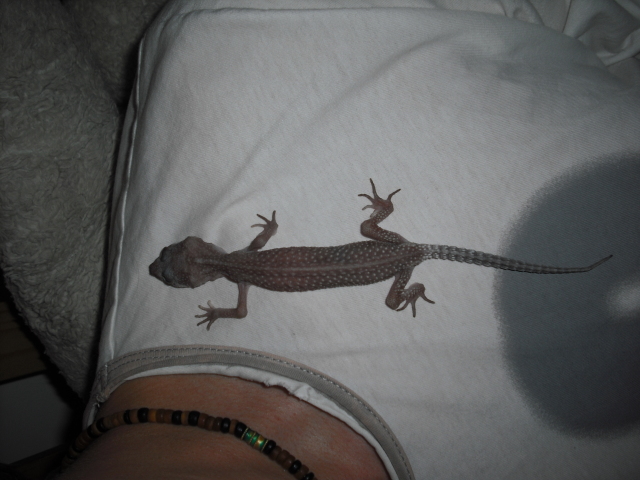 Leopard Not Eating
QuestionQUESTION: We have 3 leopard geckos. We have had
Leopard Not Eating
QuestionQUESTION: We have 3 leopard geckos. We have had
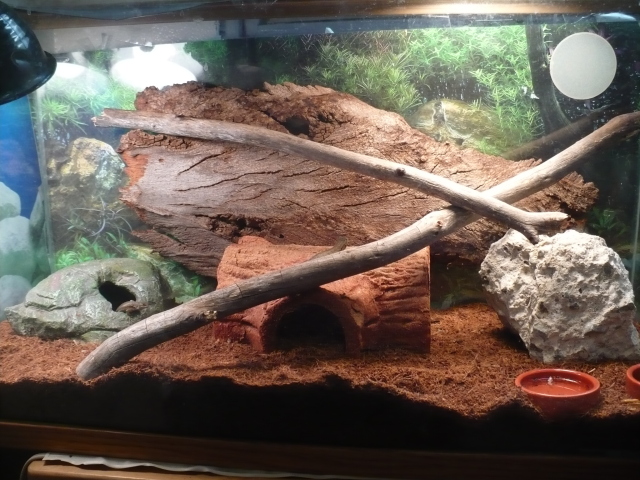 blue belly lizard - watery and smelly feces
Questionlews bellies 2 023
QUESTION: Hello, and
blue belly lizard - watery and smelly feces
Questionlews bellies 2 023
QUESTION: Hello, and
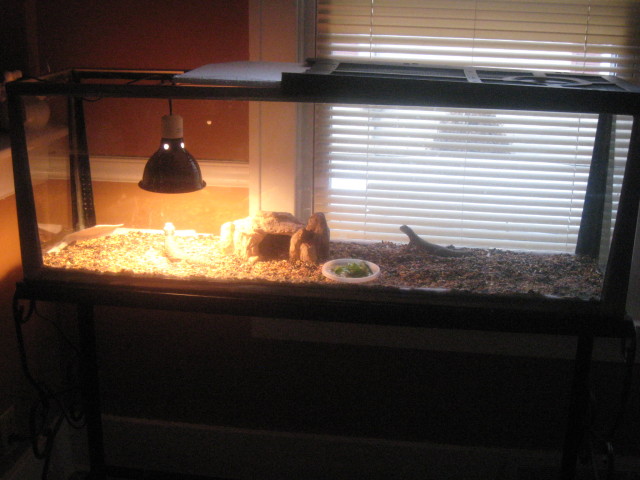 uromastx lighting
QuestionMy Uros
QUESTION: I have 2 uromastx, the
uromastx lighting
QuestionMy Uros
QUESTION: I have 2 uromastx, the
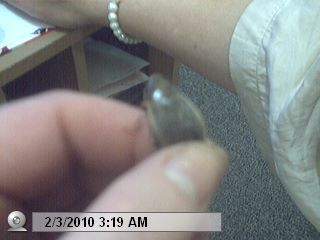 little lady
QuestionQUESTION: hi,i tried to send you a follow up on
little lady
QuestionQUESTION: hi,i tried to send you a follow up on
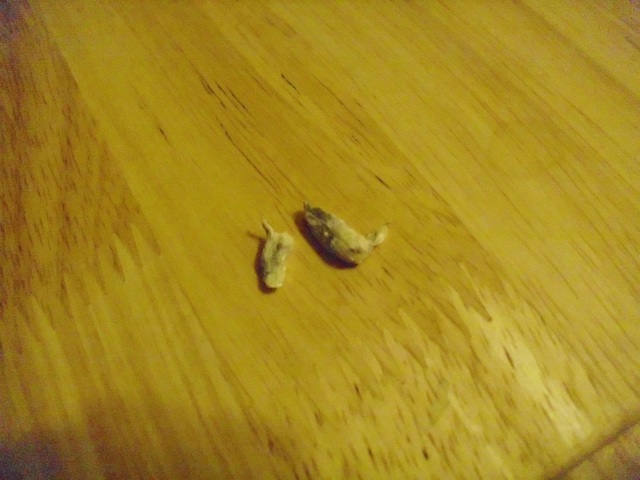 Juvie not eating pt. 4
QuestionQUESTION: Me and Binti... again.
I decided to
Juvie not eating pt. 4
QuestionQUESTION: Me and Binti... again.
I decided to